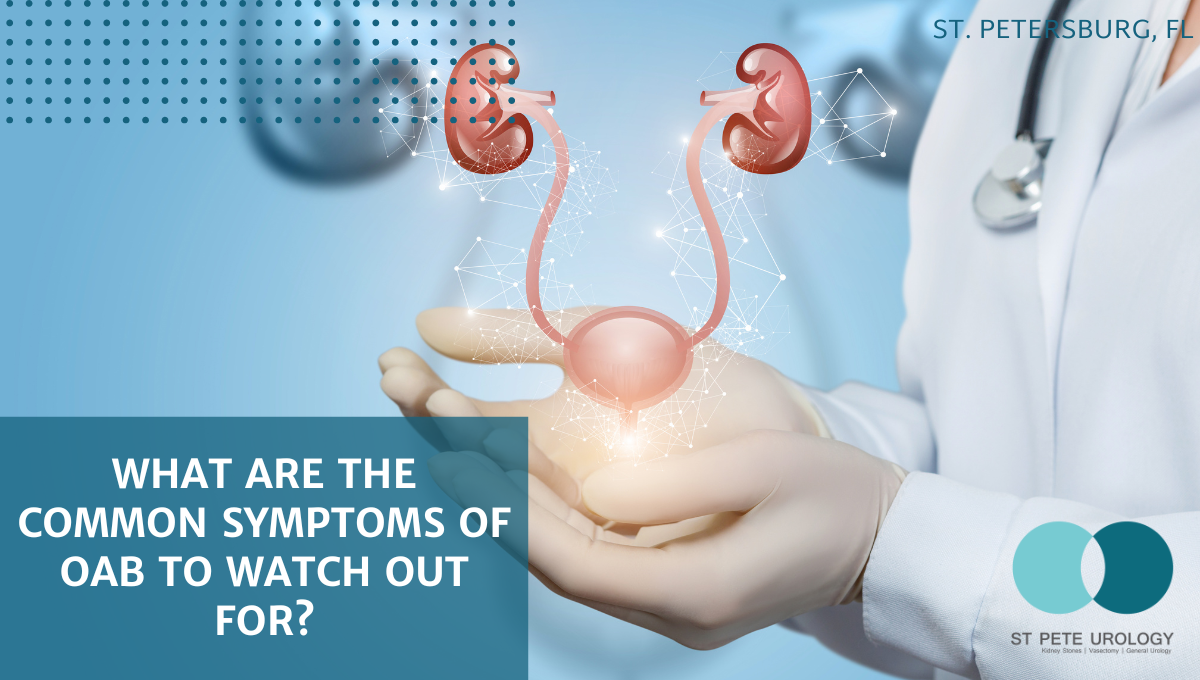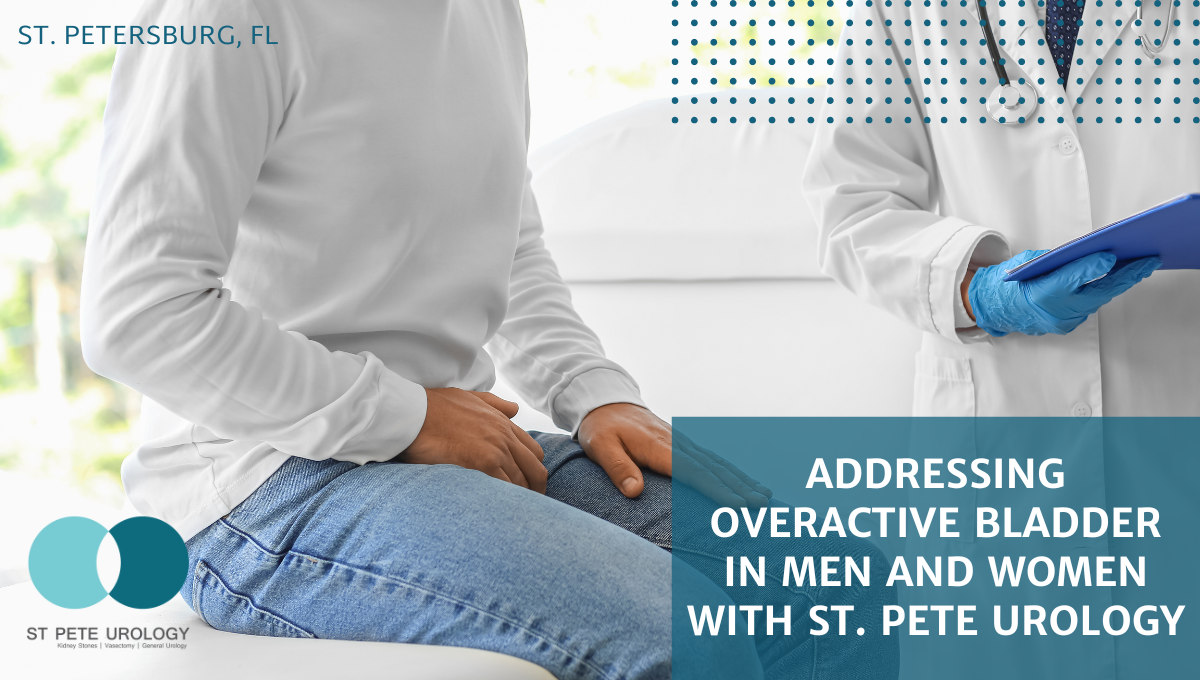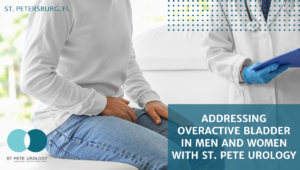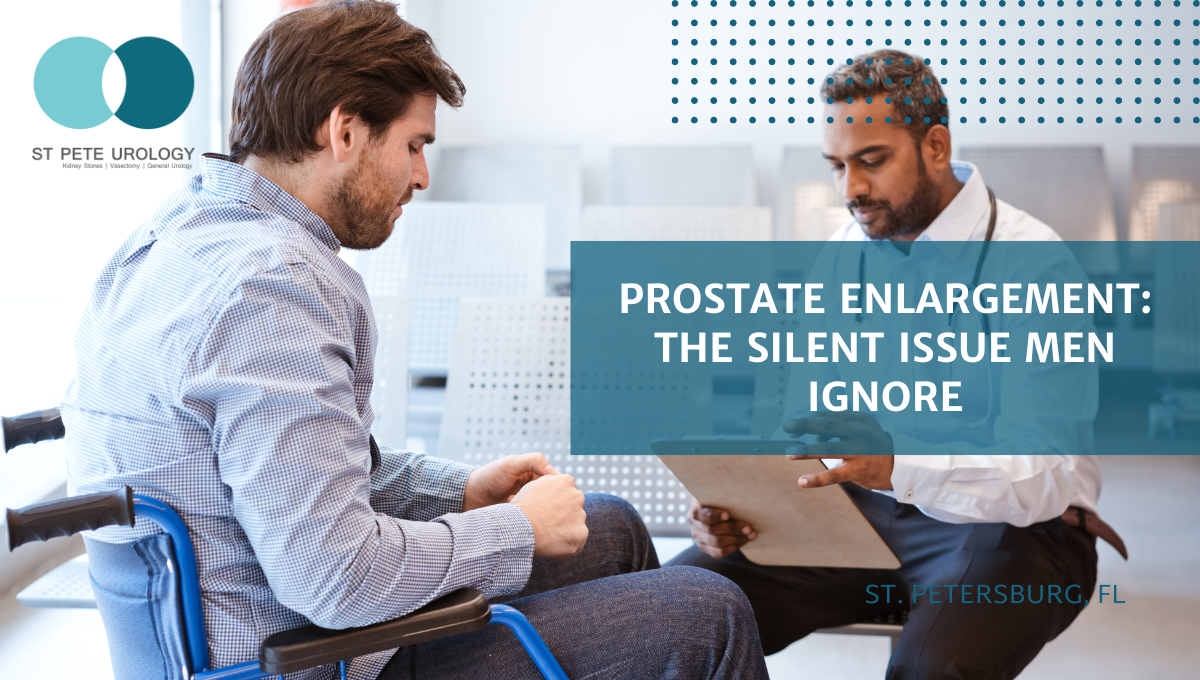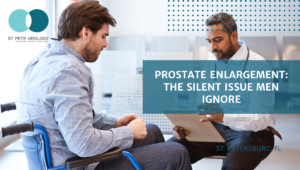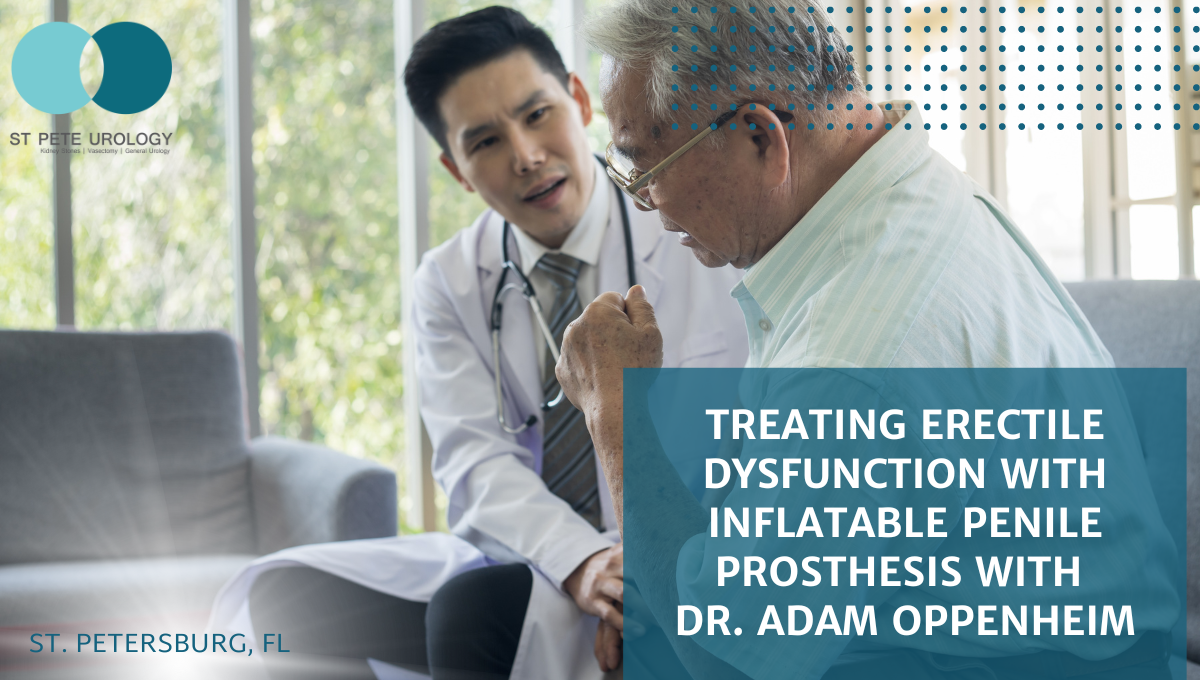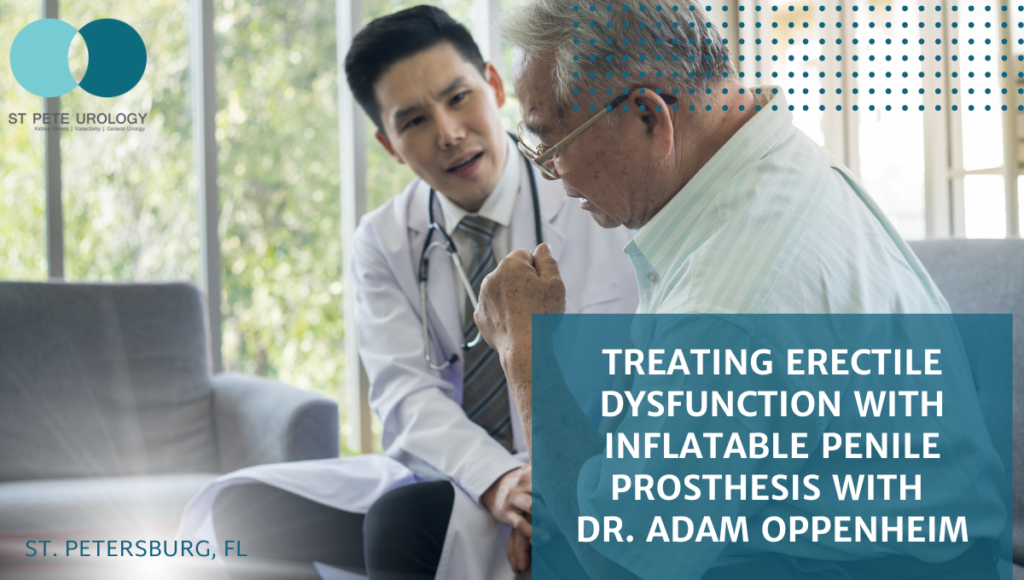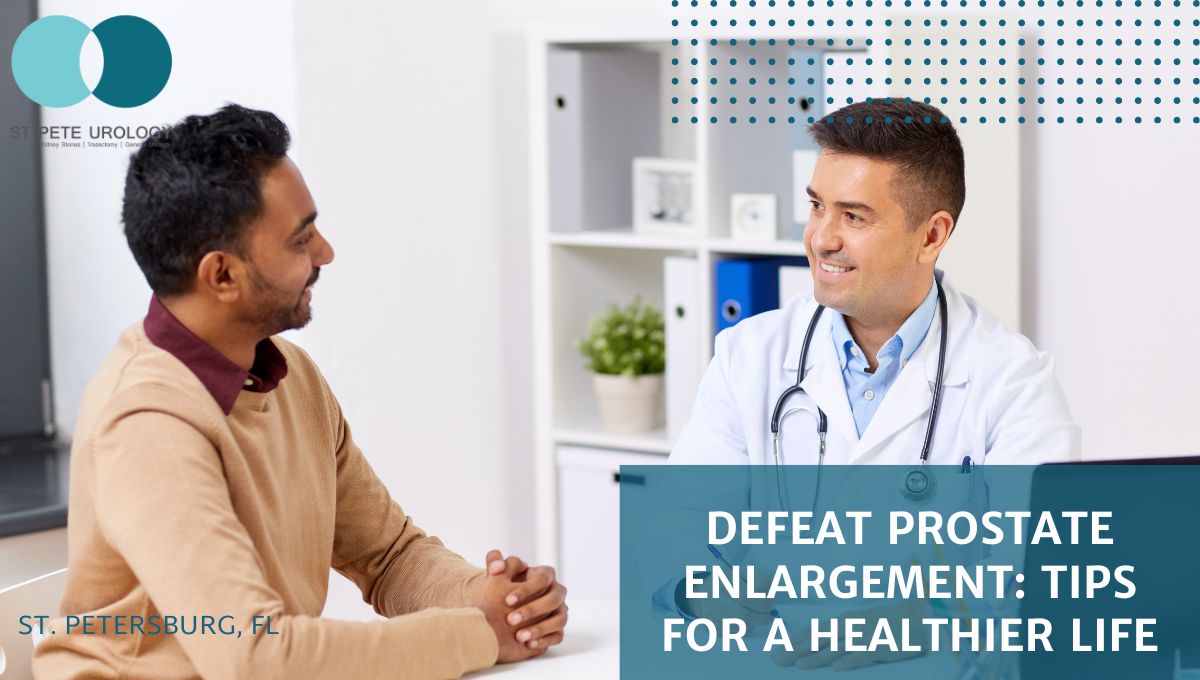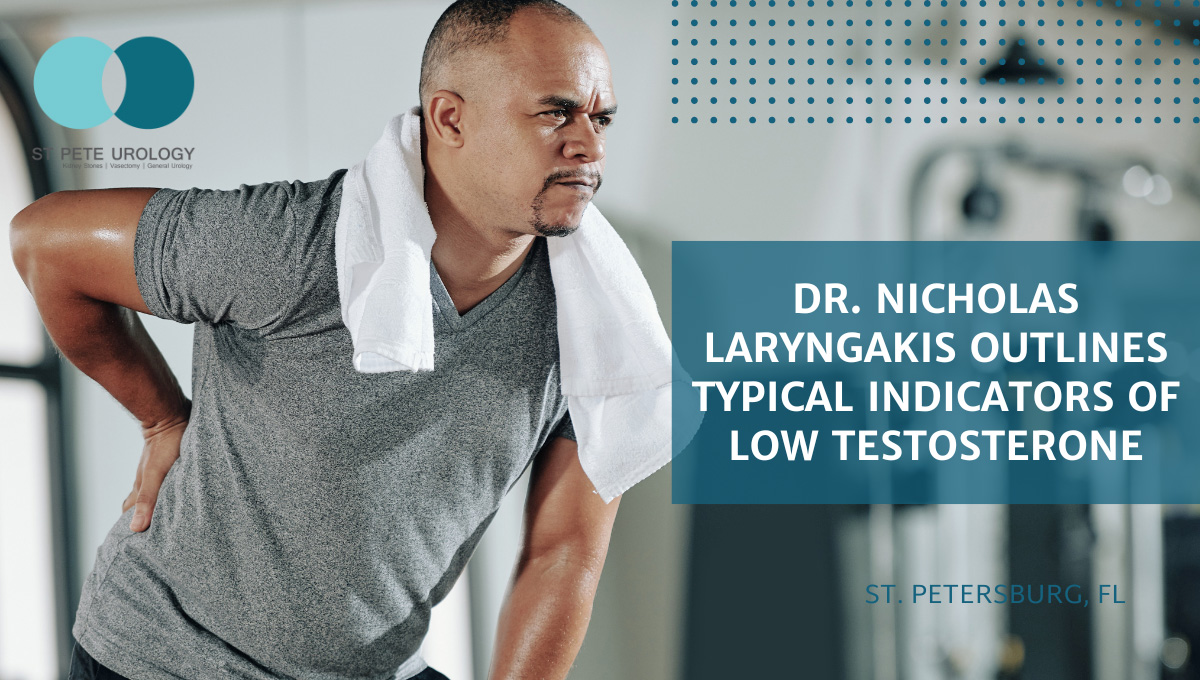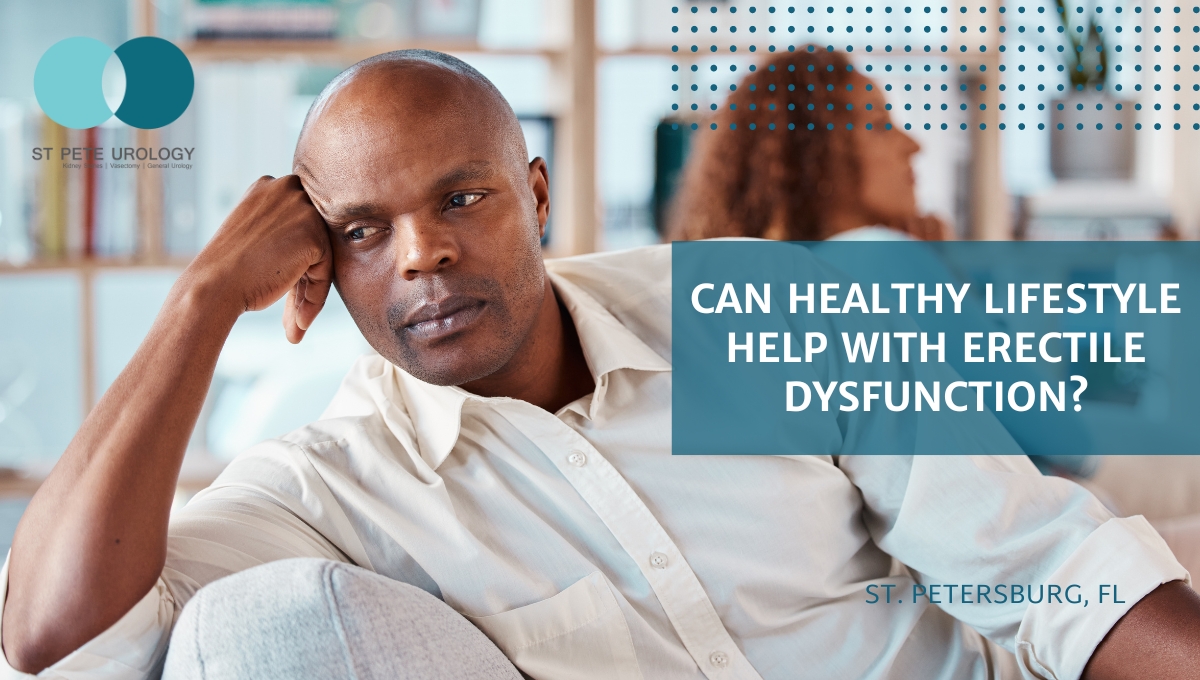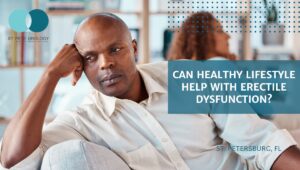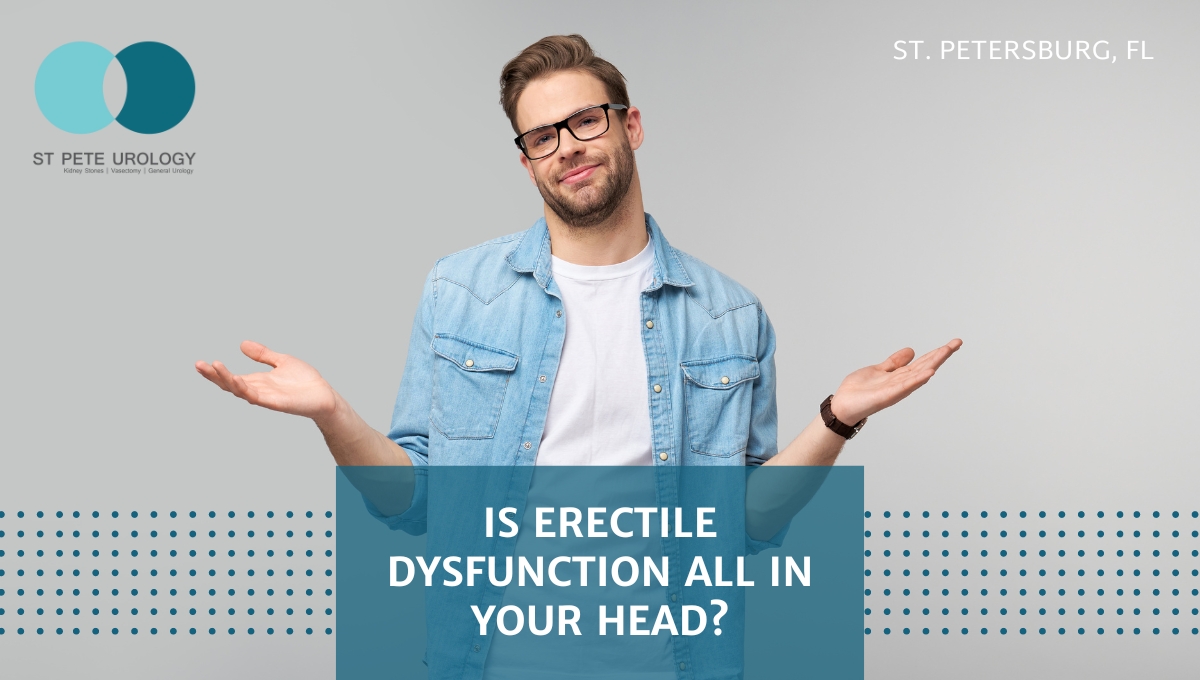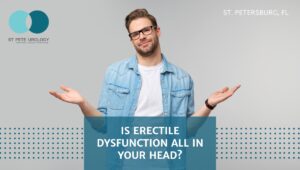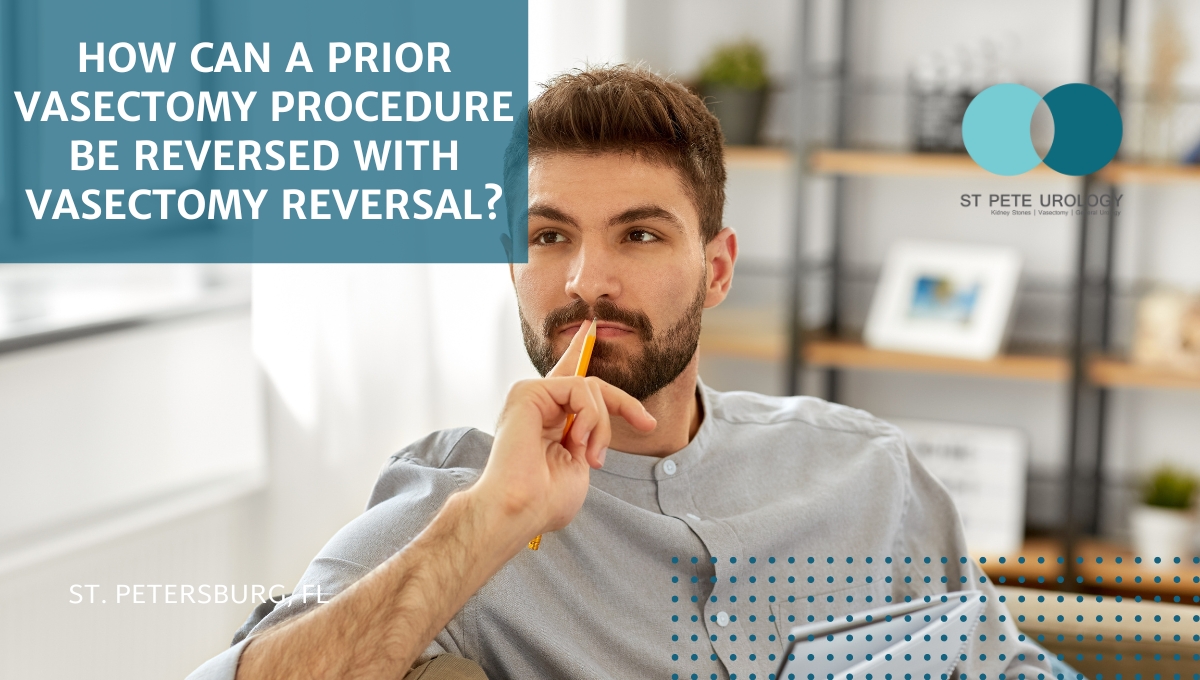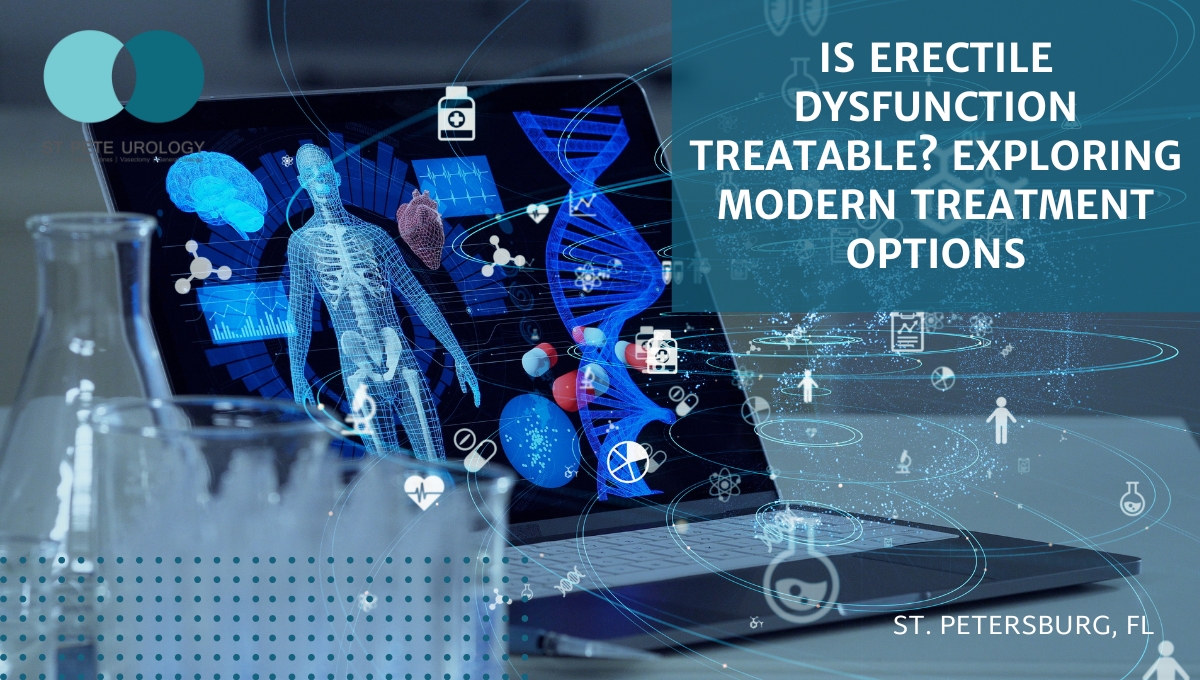Key Takeaways:
- Common symptoms of overactive bladder (OAB) include frequent urination, urgency to urinate, nocturia, and urge incontinence.
- Common treatments for OAB include behavioral changes, medications, neuromodulation, electrical stimulation, and surgical interventions.
- Seeking medical attention from a qualified Urologist is the best way to ensure a prompt and accurate diagnosis and an effective, personalized treatment plan.
Understanding Overactive Bladder (OAB)
When it comes to health conditions that significantly affect daily life, overactive bladder (OAB) is one of those that sneaks in uninvited and leaves an indelible interruption. Overactive bladder is a rather common condition, characterized by the sudden need to urinate and difficulty controlling it, which can lead to frequent trips to the bathroom and potentially embarrassing situations. In the United States alone, around 33 million people are afflicted by this condition, highlighting the prevalence of the issue.
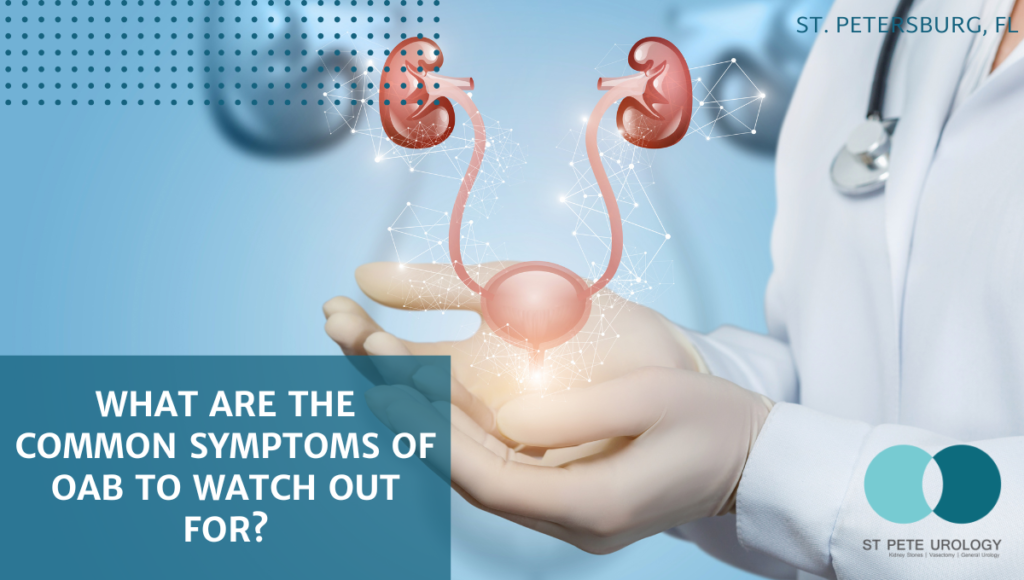

Recognizing the Symptoms of OAB
A symptom that’s virtually synonymous with an overactive bladder is frequent urination. This means needing to use the bathroom more than eight times within a 24-hour span. Root causes could be as diverse as high fluid intake, urinary tract infections, or an underlying medical condition. Regardless of the cause, the effect on a person’s life can be significant, leading to social embarrassment, anxiety, and disrupted daily routines.
The urgency to urinate, another cardinal sign of OAB, is an instantaneous, overwhelming impulse to pass urine. This can be triggered by something as simple as the sound of running water or arriving home. The key to managing this symptom lies in techniques like bladder training, which include creating a urination schedule and practicing delay techniques.
Another OAB symptom, nocturia, is defined as the need to wake up multiple times at night to urinate. Causes can range from excessive fluid intake before bedtime, to more serious issues like diabetes or prostate problems. This not only disrupts sleep patterns but can significantly impair a person’s overall quality of life.
The final symptom, urge incontinence, refers to the involuntary loss of urine immediately following the intense desire to urinate. Factors contributing to this can be conditions that affect nerve signals controlling bladder function. Thankfully, various treatment options exist, from pelvic floor exercises to medications and even surgical interventions.
Diagnosis and Treatment of OAB
Diagnosis typically begins with a thorough medical history and physical examination. Diagnostic tests include urinalysis, urodynamic testing, and in some cases, cystoscopy.
When it comes to treatment and management, behavioral changes such as bladder training, limiting fluid intake, and avoiding bladder irritants are usually the first line of action. Medications can also be employed to manage the symptoms. For more severe cases, neuromodulation and electrical stimulation are options to explore. And as a last resort, surgical interventions may be considered.
Seeking Medical Attention for OAB
While these symptoms may seem daunting, it’s essential to remember that relief is not out of reach. Be vigilant for red flags like blood in the urine, or symptoms that interfere with your daily life. A qualified Urologist can guide you on this health journey, ensuring a prompt and accurate diagnosis and an effective, personalized treatment plan.
It’s with this understanding of overactive bladder and its symptoms that you can take control of your health. Here in St. Petersburg, FL, ‘St Pete Urology‘ is a trusted provider of comprehensive urologic care. We take pride in guiding our patients through the often complex world of urologic health and strive for the best possible outcomes. Reach out to us today, and let’s work together towards achieving optimal urologic health.
References:
St Pete Urology. (2017, November 29). What is Overactive Bladder? St Pete Urology. https://stpeteurology.com/what-overactive-bladder/
St Pete Urology. (2023, March 7). St. Pete Urology | Urologists in St Petersburg, Florida. St Pete Urology. https://stpeteurology.com/what-causes-overactive-bladder-understanding-the-triggers/
- and, D. (2023, August 7). Bladder Control Problems (Urinary Incontinence) – NIDDK. National Institute of Diabetes and Digestive and Kidney Diseases. https://www.niddk.nih.gov/health-information/urologic-diseases/bladder-control-problems
- What Is Overactive Bladder (OAB)? – National Association For Continence. (2023, July 12). National Association for Continence. https://nafc.org/overactive-bladder/
- Urinalysis (urine test). (2016, August 8). National Kidney Foundation; https://www.kidney.org/atoz/content/what-urinalysis
- and, D. (2023, August 7). Urodynamic Testing. National Institute of Diabetes and Digestive and Kidney Diseases; NIDDK – National Institute of Diabetes and Digestive and Kidney Diseases. https://www.niddk.nih.gov/health-information/diagnostic-tests/urodynamic-testing
- NHS Choices. (2023). Overview – Cystoscopy. https://www.nhs.uk/conditions/cystoscopy/#:~:text=A%20cystoscopy%20is%20a%20procedure,or%20nurse%20to%20see%20inside.

